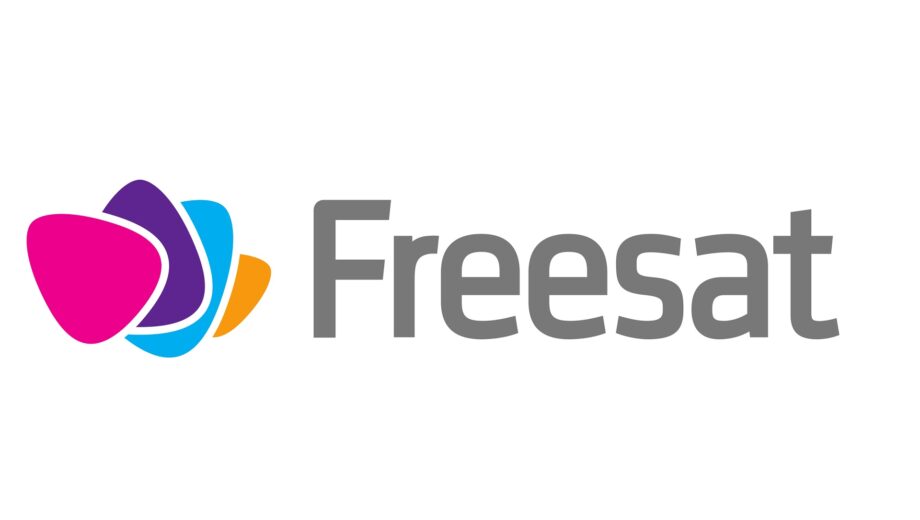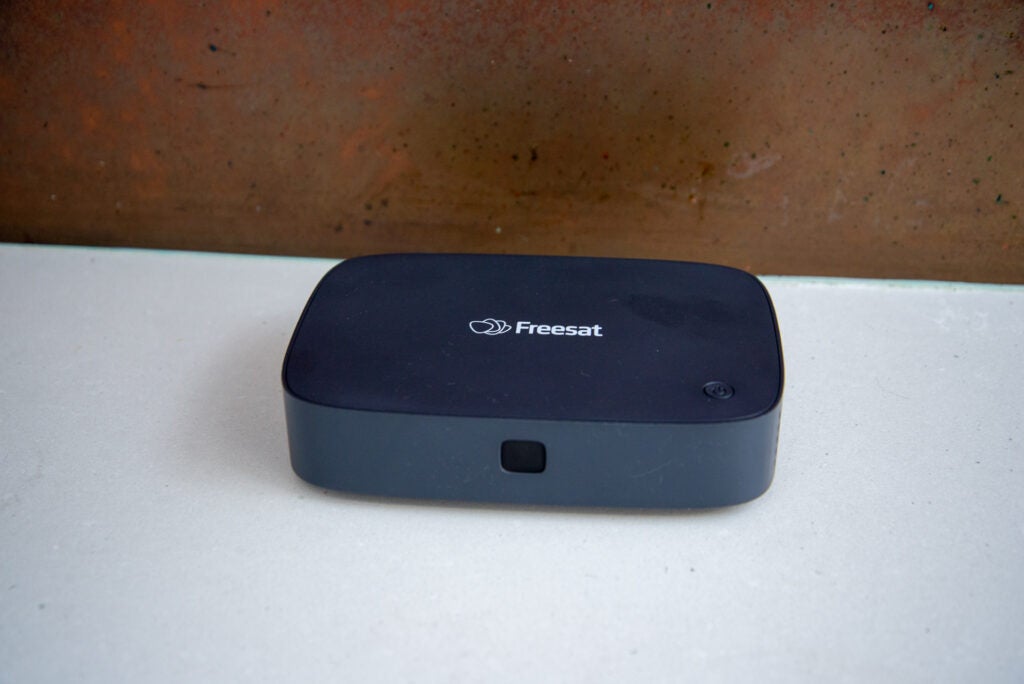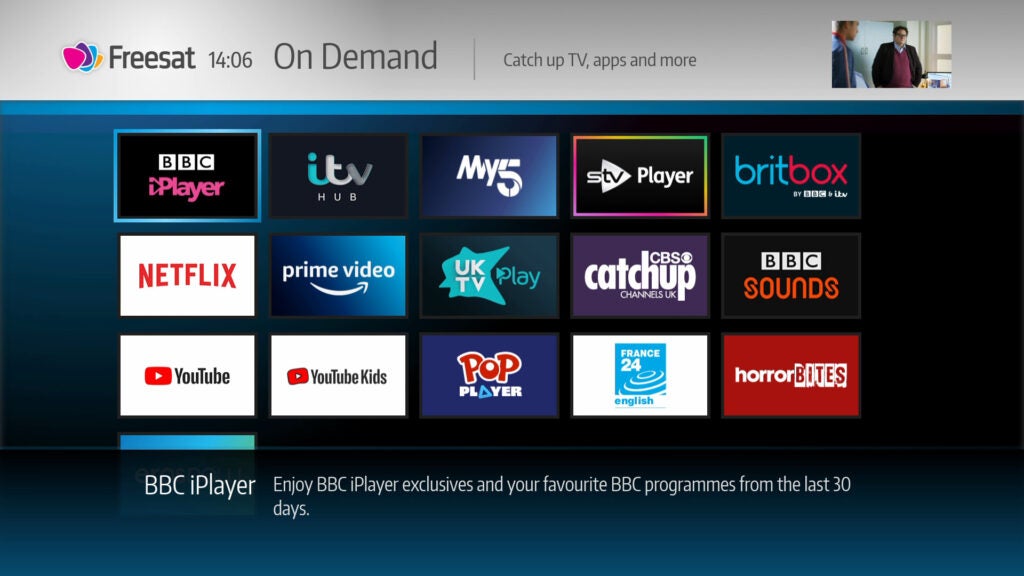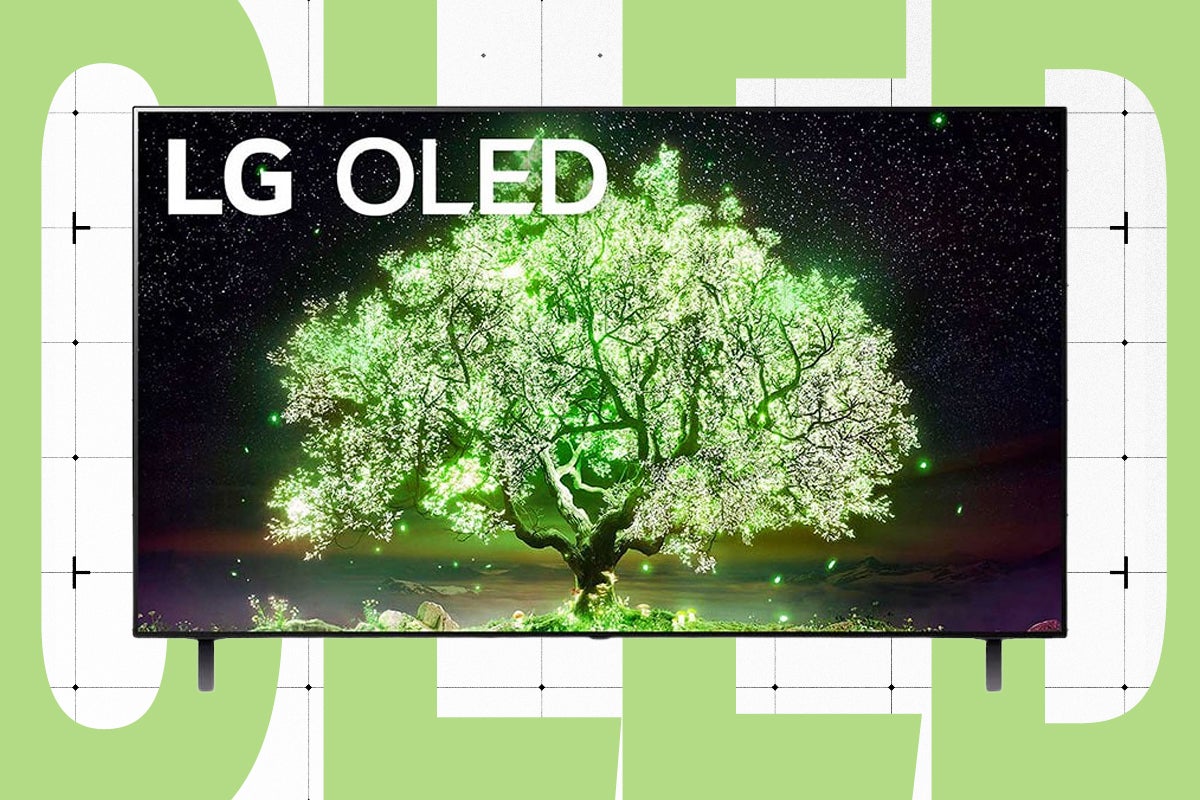What is Freesat? The alternative to Sky explained

When it comes to getting live programming and on-demand content into the home, there are a few ways of doing so: aerial, Internet, and satellite.
The method of using the Internet is becoming increasingly popular through OTT services, but satellite still remains a viable option for those who can’t access linear broadcast services through their aerial.
Freesat, along with Sky, offer broadcast content through satellite transmission. We’ll leave you to guess which one does it for free.
If you’ve never heard of Freesat or want to know more about what it does, and how it compares to Freeview Play, read on to find out more.
What is Freesat?
Freesat is a free-to-air satellite TV service that beams programming to peoples’ homes over a satellite connection rather than aerial or cable.
Transmission over satellite has its advantages, but what you can expect from Freesat is around 170 channels with 100% coverage. The service is technically free, much like Freeview Play, but there are costs involved, namely if you decide to purchase a TV box to access content. The platform itself is subscription free to access.
Freesat was originally a joint venture between the BBC and ITV to provide a digital satellite alternative to Freeview that would offer more coverage and a larger number of channels. It officially launched in August 2008 with channels from the BBC, ITV and Channel 4, although only one channel was made available in HD (BBC HD). Day-to-day running of the service is carried out by Everyone TV, who also take care of Freeview and Freely.
It’s since gone on to add programming from Channel 5, children’s programming and radio stations, as well as on-demand content in the form of streaming video apps such as Netflix, Prime Video and the STV Player, some of which bring 4K content to the Freesat platform.
What is the difference between Freesat and Freeview Play?
The obvious difference is how the signals are transmitted. Freesat is via a satellite connection, while Freeview is through an aerial.
The advantage of satellite is that it is less affected by weather, ensuring that it can be reached by households in more remote areas that Freeview can’t get to.
Both Freesat and Freeview use an EPG (electronic programming guide), but the programming list on both differs. Freesat offers more channels than Freeview and a wider variety of radio stations. Channel 4 was missing from the Freesat line-up but returned at the beginning of 2024.
There’s also the cost involved. If you choose to add a Freeview set-top box to your setup, they’re usually less expensive than a Freesat boxes, which incur a higher upfront fee. Once bought, you won’t have to worry about subscriptions as both platforms are free-to-watch, though this excludes SVOD apps such as Netflix and BritBox that require a sub for access.
How do I get Freesat?
To watch Freesat you will need a satellite dish. If you don’t have one it will need to be installed (for rented properties you will need to check with the landlord if one can be installed). If there already is an existing installation in your property/accommodation, then it can be activated to get Freesat.

You can connect the satellite cable straight to your TV if it has the necessary tuner, but if it doesn’t, another method of getting satellite coverage is through a set-top box. Freesat has produced a couple of its own boxes, including a recordable version, and there are a few other boxes, notably from Humax and Manhattan.
What do I get with Freesat?
Freesat, much like Freeview Play, comes with an electronic programme guide that can go back seven days to catch up on content you may have missed.
As we’ve mentioned previously, there’s access to 170+ channels with 100% coverage, so there’s no reason to retune after the initial tuning has been carried out.
If you have the ability to record, the number of channels that can be recorded depends on the type of dish installed. With a WLNB dish, four programmes can be recorded at the same time. If you have an LNB dish, then it goes down to two channels. Purchase the 2TB Freesat box and you can record up to 1000 hours in standard definition or 500 hours in high definition.

There’s support for streaming video on-demand apps such as Netflix, Prime Video, BBC iPlayer and ITVX. SVOD apps are also the only method of getting 4K HDR content on the platform by subscribing to likes Prime Video or viewing YouTube. Last we checked, the Rakuten TV app was only available on Humax-made Freesat boxes.
There’s a Recommendations section where Freesat’s telly experts alert users to shows and films available to watch, and Showcase highlights what’s coming to the service in the next five days or so. The Reminders function helps to remember shows to watch, while there’s app support (Android and iOS) to record remotely and act as a remote to control a Freesat set-top box.

Does Freesat support multi-room?
There is the possibility of creating a multi-room set-up within the Freesat ecosystem. To get Freesat in each room, you’ll need a TV or set-top box capable of accessing the service, which can all attach to a single satellite dish.
That does, however, depend on whether the dish can accommodate multiple connections. If not, you’d need to consult your local satellite installer for advice.
What can I watch on Freesat?
There is content from the on-demand apps mentioned earlier, so anything on Netflix, Prime Video, YouTube and the UK catch-up apps.

And to clarify, apps such as YouTube Kids, Prime Video, ITVX, BBC Sounds and BritBox are only available to watch on the set-top boxes.
Otherwise there’s content from the 170+ channels on the service, with BBC, ITV, Channel 4, Sky News, CNBC and Al Jazeera English carried by the platform.
Can I switch from Sky to Freesat?
It is possible to switch from Sky Q to Freesat if you no longer want to subscribe to Sky channels. In fact, you won’t even need to change the dish you currently have, as it’s a simple case of connecting equipment to the existing satellite connection.
Is Freesat worth it?
If you’re in an area where reception for Freeview is poor, Freesat is another path available to you. It doesn’t come with as many on-demand apps, but the difference isn’t too stark in terms of what’s available. You do get a wider selection of channels than Freeview can muster.
The upfront cost of Freesat is more expensive than Freeview, and not all TVs have a satellite tuner/input, so if you want access to satellite you may need to purchase a set-top box instead.
Another alternative is Freely, which is coming to Hisense TVs in 2024. If neither Freesat or Freeview appeal, then Freely, which works via an Internet connection, is another method of getting programming into the home.
With Ultra HD support, recording functionality and, of course, subscription free viewing, Freesat is worth considering for those who want to save money and switch from Sky, or lack good access to Freeview.








